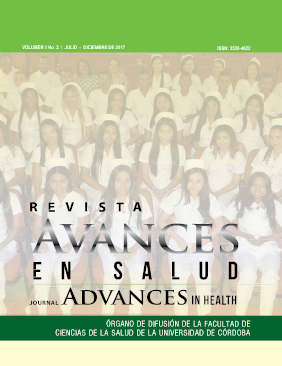GENOTYPING OF Plasmodium falciparum WITH Pfmsp1, Pfmsp2 AND Pfglurp IN THE SOUTH OF CÓRDOBA, COLOMBIA
GENOTYPING OF Plasmodium falciparum WITH Pfmsp1, Pfmsp2 AND Pfglurp IN THE SOUTH OF CÓRDOBA, COLOMBIA

This work is licensed under a Creative Commons Attribution-ShareAlike 4.0 International License.
Show authors biography
Introduction. Plasmodium falciparum is a highly polymorphic parasite. This condition allows it to evade the immune response of the host, to disseminate drug resistance and to favor transmission. Objective. To know the polymorphism of Pfmsp-1, Pfmsp-2 and Pfglurp markers in patients with P. falciparum malaria in the endemic area of the state of CórdobaColombiaG. Materials and methods. Genomic DNA extraction and Nested polymerase chain reaction (Nested PCR) were used to genotype clinical strains of Plasmodium falciparum from the endemic area of the State of Córdoba, Colombia. Results. The most polymorphic allelic families were IC3D7 pertaining to Pfmsp2 and C-terminal repetitive region (R2) of GLURP, and the highest frequency is that of the MAD20 allele. Conclusion. This study shows that multiplicity of P. falciparum infection is low, reflecting a low malaria transmission intensity in the southern area of the State of Córdoba.
Article visits 39 | PDF visits







